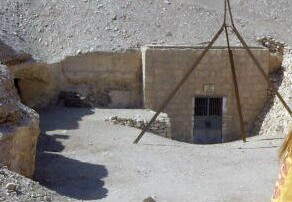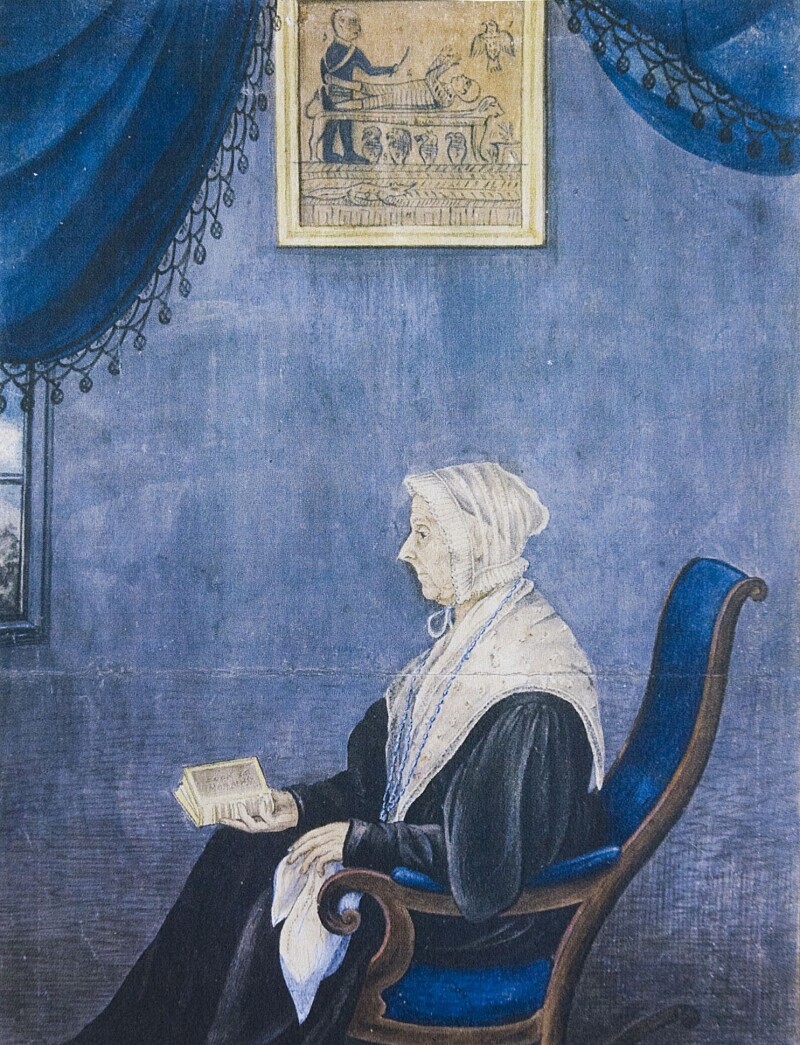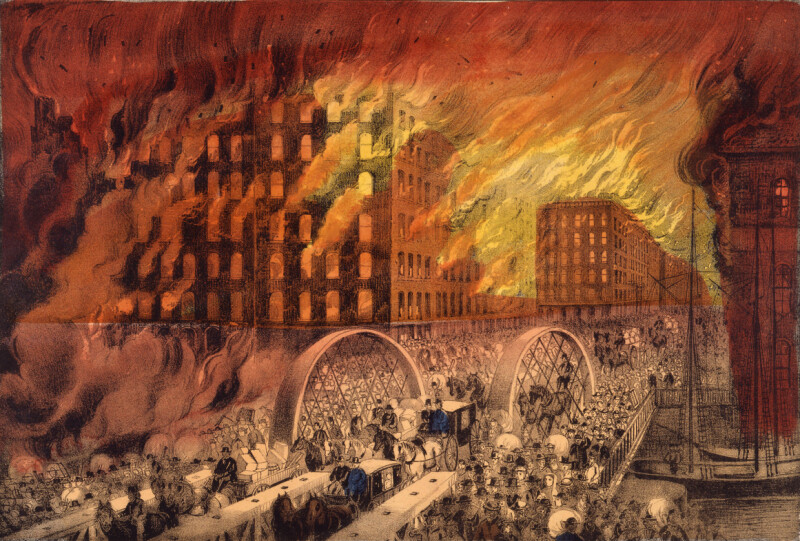Researching the Book of Abraham is hard to do. It is also important to do. As part of canonized Latter-day Saint scripture in the Pearl of Great Price, the Book of Abraham teaches many doctrines and reveals truths not found elsewhere. But because of the book’s unusual origins, it tends to raise questions among earnest truth-seekers about when, where, and why it was written; how it was translated; how the text relates to the original papyrus and facsimiles; and—perhaps most importantly—what it can tell us about Joseph Smith as a prophet and translator. These are questions worth answering, and the people asking them deserve to have someone put in the time and effort to try to find answers.
Yet finding explanations for these and other questions is not something that can be accomplished easily. Why? Because if you want to research the Book of Abraham comprehensively, you need to acquire skills and knowledge in multiple ancient languages, in at least two phases of ancient history in two regions of the ancient world. You also need to understand ancient symbolism and semiotics, in 19th-century general history and Church history, and in the historical method—as well as knowledge of dozens of theories about how the Book of Abraham came to be.
Yes, Book of Abraham research is hard to do. But for me, it also became hard not to do.
Led to Egyptology
As a young college student, I did not intend to study the Book of Abraham. Instead, I was simply doing all I could to understand the ancient world and ancient scripture better. I studied Hebrew, Aramaic, and everything I could about the ancient world, not realizing that I was beginning to develop the knowledge base and skill set necessary to investigate important questions about the Book of Abraham.
▶ You may also like: Watch: 4 things you may not have known about the Book of Abraham
After getting a master’s degree in Ancient Near Eastern Studies, I pursued a Ph.D. in Egyptology at UCLA, emphasizing in Egyptian language, texts, and religion. I studied every phase of Egyptian history alongside a study of Hebrew language and literature, and I relished the opportunity to see the biblical and Egyptological worlds interact. Soon I found myself involved in an intense study of Egyptian archaeology, which would also prove important later.
Although I actively avoided getting involved in Book of Abraham topics at this time, I couldn’t completely avoid the book because people were continually asking me questions about it. So I looked into it just enough to answer a few basic questions.
At one point, I found that I had been answering one question incorrectly because I had simply been parroting the answers that had been given to me in my Egyptology classes. I had been telling people that the ancient Egyptians didn’t engage in human sacrifice. When I found out I was incorrect, I wanted to learn more. As I looked into the topic, I became so fascinated with researching the larger cultural and religious reasons behind the practice that I wrote my doctoral dissertation and later a book on the topic.
Through this research, I learned that many ideas in the Book of Abraham matched perfectly with the understanding that my Egyptology studies were bringing to light.
Eventually, I came to teach at Brigham Young University in Provo. There I became the director of an archaeological excavation focused on the Greco-Roman era of Egypt. Interestingly, this is the other phase of Egyptian history that one needs to be familiar with in order to understand the Book of Abraham.

As I became familiar with the Greco-Roman era of Egypt and received more and more inquiries about the Book of Abraham, I decided to intensely research the book—and became hooked.
Gratitude for the Doctrine
As I have studied the Book of Abraham, I have seen the hand of God time after time. I mean that in two ways: When I study that book of scripture and the process of producing it, I repeatedly have encountered ideas and facts that made me sit back and say, “Wow, only God could make that happen.” For example, authentic Egyptian words show up in the text. Authentic ancient place names are there too. Matches between Joseph Smith’s explanations of the facsimiles and ancient ideas and practices are sometimes startlingly accurate. Textual layers that we would expect from an ancient document are present in the text. I have come to the point where, from an intellectual point of view, I find it more difficult to believe that Joseph Smith made up the Book of Abraham than to believe that God inspired him.
I also have seen the hand of God guiding me and others as we investigate the Book of Abraham. Things have happened, ideas have come, and understanding has distilled like the dews of heaven in ways that I can only attribute to God. The doctrines conveyed in the text are profound and incredibly interwoven.
Most importantly, I have come to feel a great reverence and gratitude for the profound and life-changing doctrine contained in the Book of Abraham. It is inspired, and we need its doctrines so desperately in our day. It teaches us of the deep commitment of one man and how it drove him to create a profound relationship with God. That relationship saw Abraham through trial after trial and allowed him to experience deliverance.
We also learn about the covenant God established with Abraham, which allows all of us to increase our relationship with God as Abraham increased his. In these pages, we read about a marvelous vision where God uses the stars to teach Abraham about our relationship with Him and how the purpose of our mortal state is to draw nearer to God. Embedded in that vision is our clearest teaching about premortality. While there is so much to draw from the book, its theme of our relationship with God is especially ennobling and edifying.
Exhilarating Theories
In my Book of Abraham research, one of the things that I have found the most intriguing is how many issues we just can’t find full answers to. A lack of clear answers has caused some people to have their faith shaken, especially when they become convinced by a theory purported to be reliable, but further research demonstrates it wasn’t an accurate theory at all.
Take, for example, the theories regarding Joseph Smith’s explanations of the three facsimiles. Joseph’s explanations do not completely match modern Egyptological notions, so what exactly do his explanations represent? Are they what an Egyptian who lived during the time the papryi was written would have seen, or what an ancient Jew would have seen? Or perhaps it’s what the specific ancient Egyptian priest who owned the papyri would have seen, given his specific religious roles. Or maybe it’s something else altogether. There are some astonishing parallels between the interpretations of symbols that some ancient Egyptians may have seen in these drawings and what Joseph Smith said about them.

There are also some places where Joseph’s interpretations don’t match as well. I believe there’s convincing evidence that Joseph’s explanations could reflect the specific interpretation of the priest who owned Facsimile 1. Research reveals that this priest would have been interested in the writings of Abraham and may have seen symbolism pointing toward Abraham that the average Egyptian would not have seen. At this point, the evidence does not lead perfectly to any single theory regarding Joseph Smith’s explanations of the three facsimiles, and no theory can perfectly account for all the evidence.
In some ways this is frustrating. It would be nice to have some answers we could be confident about. Yet in another way, it is exhilarating that we don’t. The process of translating the Book of Abraham and interpreting the facsimiles deeply involved the divine. Joseph Smith interacted with Deity during this entire process, and it was that interaction that gave him the ability to produce the Book of Abraham—something he wasn’t capable of on his own. When we think about it carefully, shouldn’t we expect that we won’t fully understand any process that involves God because His methods exceed our understanding?
I am grateful for the guidance that Joseph Smith received and for the guidance that I and others have received. Yet I do not anticipate that such guidance will make it so that we ever fully understand the process Joseph Smith went through to give us the Book of Abraham. At least, we won’t fully understand it in this life because God’s thoughts and ways are higher than ours—I am grateful for that
- About 2000 BC: Abraham is born.
- About 200 BC: The papyri Joseph Smith acquired are created in Thebes, Egypt.
- About AD 1820: The papyri and 11 mummies are found in a Theban tomb by Italian Antonio Lebolo.

- April 1833: Michael Chandler travels to the US displaying the papyri and mummies.
- July 1835: In Kirtland, Ohio, Joseph Smith purchases two papyri scrolls, papyri fragments, and four mummies from Chandler and begins translating.
- December 1835: Joseph Smith ceases translation of the papyri.
- March–May 1842: In Nauvoo, Illinois, Joseph Smith resumes work on the papyri and eventually publishes the Book of Abraham in the Church newspaper Times and Seasons.
- 1844–56: After Joseph’s death, Lucy Mack Smith and then Emma Smith take possession of the mummies and papyri, displaying them for paying visitors.

- 1856: Emma Smith sells the papyri and mummies to Abel Combs, who gives a few fragments of papyri to his housekeeper, Charlotte Weaver, before selling the rest to the St. Louis Museum.
- 1863: The papyri are sold to a museum in Chicago, Illinois.
- 1871: Many of the papyri fragments burn in the Great Chicago Fire.

- 1880: The Book of Abraham is canonized as part of the Pearl of Great Price.
- 1947: The Metropolitan Museum of Art buys a few papyri fragments that Abel Combs had given to Charlotte Weaver.
- 1967: The Metropolitan Museum of Art gives The Church of Jesus Christ of Latter-day Saints the fragments it had acquired.
- 2014: The Church addresses questions about the translation and historicity of the Book of Abraham in a Gospel Topics essay.



